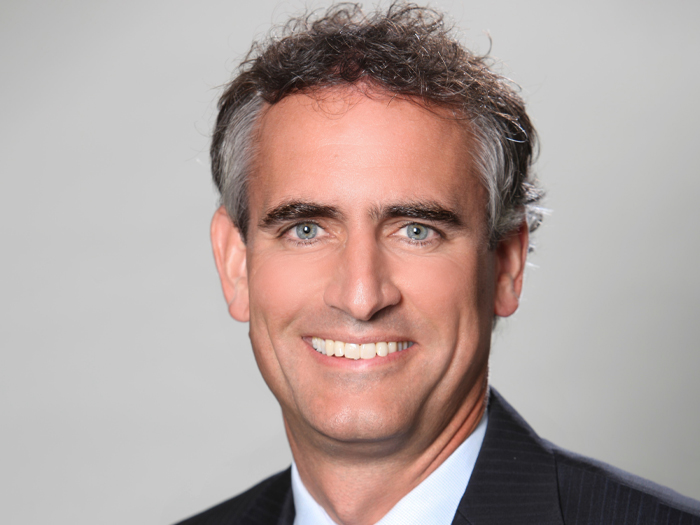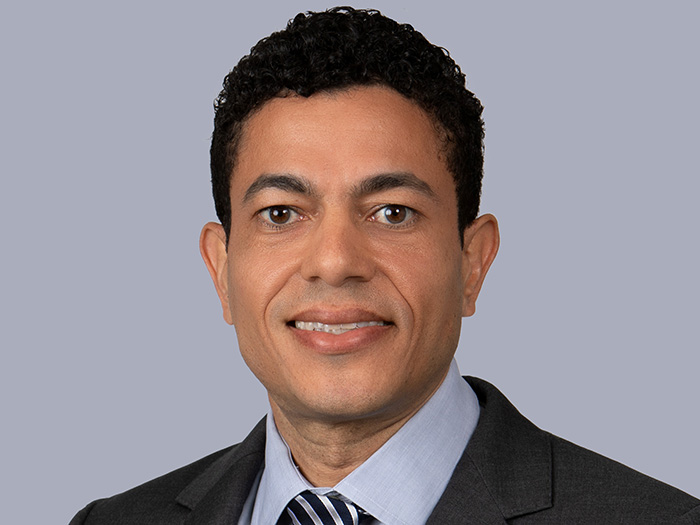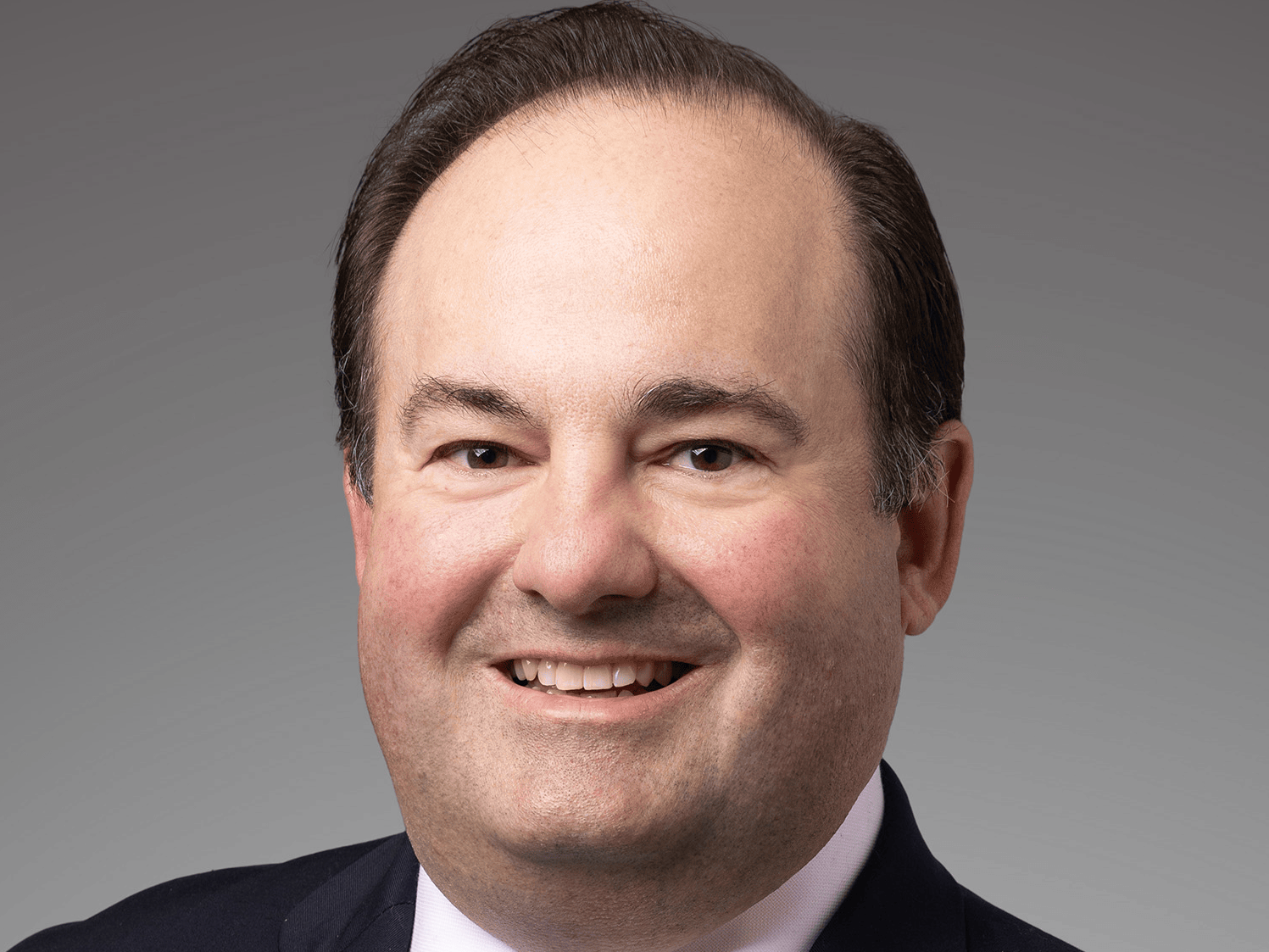The Hartford’s Mo Tooker on the Insurance Industry’s Need for More Technology Investment

Risk & Insurance recently had the opportunity to sit down with Mo Tooker, head of commercial lines at The Hartford, to discuss the ways insurers can leverage their data to drive higher efficiency and better ratios, and how AI will shape the business models of insurers and their clients alike in the years ahead.
What follows is a transcript of that conversation, edited for length and clarity.
Risk & Insurance: What are your strategic priorities for the commercial lines business at The Hartford?
Mo Tooker: At The Hartford, our commercial lines businesses — including small and middle-market, global specialty and our Lloyd’s platform — are all performing well, with top quartile profitability. This strong foundation allows us to invest in technology at a rapid pace, which is crucial in the small and medium-sized space.
We believe that if we continuously improve efficiency and leverage AI, we will remain a leader in this competitive market. Another priority is to provide our customers with a comprehensive set of products from a single carrier, including our benefits operation, which offers group health, life, disability and voluntary products.
As a commercial lines organization, we aim to support our customers throughout their entire life cycle. For example, a life sciences customer may start as a small business, but with the right human clinical trial or patent, they can experience rapid growth. Our goal is to be able to support them through every stage of their development.
R&I: What are your thoughts on the data explosion in the insurance industry, and how are you leveraging data to differentiate your company?
MT: We’ve been investing in data capture and analytics for the past decade. About seven years ago, we implemented a modern claim system that allows us to track every element of a claim across all our lines of business. This has given us a comprehensive understanding of litigation rates and the types of claims where litigation is more likely to occur.
Similarly, over the past five years, we’ve made investments in our underwriting operations and information systems. All of this data now enables us to provide our underwriters with industry-leading segmentation and risk underwriting tools, allowing them to effectively select risks.
To further enhance our capabilities, we’re moving all this data to the cloud. This will enable us to tighten the feedback loop and increase the pace of our data-driven decision-making.
For example, we insure more than 1.5 million small business owners in the country, making us the largest in this segment. By leveraging our vast policy data, we can identify trends specific to a restaurant in a particular litigation environment with certain characteristics. We can then deliver these insights to brokers, helping them better serve their customers.
R&I: How did you overcome the challenge of merging siloed data streams to harness the power of your data?
MT: Overcoming the challenge of merging siloed data streams has been a process of grit, graft and hard work. However, this consistent investment is crucial, because if you can’t harness your data, you’re really in trouble.
The next piece for us is taking our data to the cloud, which is nearly complete. This allows us to use large language models in a way that is both exciting and a bit scary, given how much we can do.
The next phase is providing generative AI tools to our underwriters at a pace that makes their lives easier. That’s where we’re heading now in terms of leveraging our data.
R&I: What are the key risks facing the insurance industry that concern you the most, and how is your company addressing them?
MT: I believe the industry is not investing in technology at the pace it needs to meet evolving customer expectations, especially in the small and medium-sized space. If we fail to deliver the experience customers have become accustomed to outside the insurance industry, we risk disappointing them.
Secondly, the industry continues to struggle with attracting talent, particularly diverse talent. Many firms rely on hiring from competitors rather than bringing in new people from universities. This remains a major risk, albeit in a different sense than traditional insurance risks.
Lastly, I think AI will transform our customers’ business models in ways we don’t fully understand yet. The risk is whether we can remain relevant in a business model heavily impacted by AI, and I’m not sure we’re proactively developing solutions as an industry.
While these risks concern me, they are areas where our company has been actively working to lead the industry. However, I believe the industry as a whole has a lot of work to do in addressing these challenges.
R&I: What is your perspective on the future of AI in the next 10 years, given the current uncertainty in the field?
MT: At this point, it’s challenging to predict exactly where AI will be in a decade. The field is evolving rapidly, and there’s no clear consensus on its future trajectory.
However, we’re taking proactive steps to stay informed and prepared. We’re dedicating resources to explore AI’s potential and implications. This involves engaging with major industry players to understand their perspectives and strategies.
Our approach is to listen and learn as much as possible. By staying attuned to the latest developments and insights from key stakeholders, we aim to navigate the uncertainties and position ourselves effectively for the future of AI.
R&I: What are the success stories at The Hartford? What could others be looking to as a model to follow?
MT: We take great pride in the consistent results we’re delivering, which are currently top quartile in each of our commercial businesses. While this is important for shareholders, it also allows us to maintain a sustained level of investment that keeps us at the forefront of digital and AI advancements.
These investments set us up for the next round of successful results, but they wouldn’t be possible without demonstrating a consistent level of profitability. We’re proud of our profitability primarily because it enables continued investment and consistency with our customers, agents and brokers.
Many of our peers are currently struggling to be consistent partners. In contrast, we are intent on being that consistent partner, which shouldn’t come as a surprise to anyone. &










